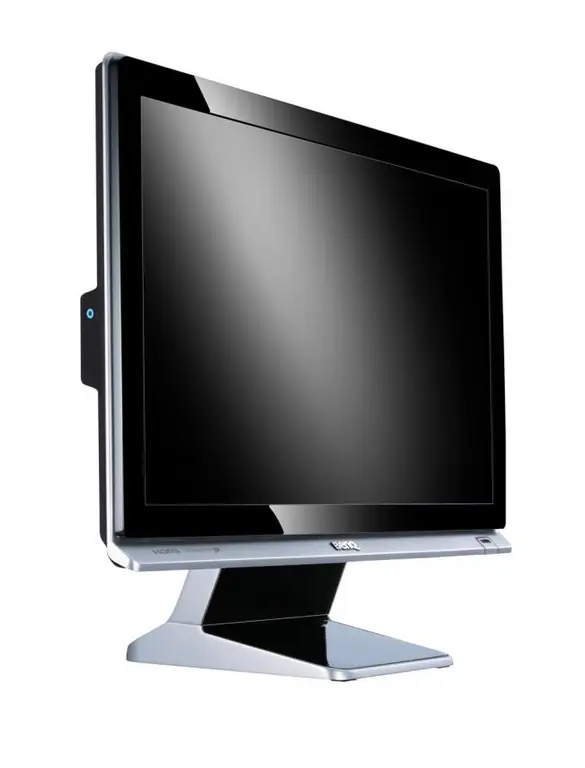A certain proportion of users prefer to use multiple monitors to ensure a more comfortable work at the computer. To properly connect the monitor to the system unit, you need to take into account several nuances.

Necessary
video signal transmission cable
Instructions
Step 1
Connecting the first monitor is easy. This device must come with a VGA-VGA or DVI-DVI video signal cable. In the second case, a VGA-DVI adapter may also be included. Select the appropriate connector on your computer's video adapter and connect this cable to it.
Step 2
Connect the other end to the same port on the monitor. Now turn on the computer and check if the monitor is working properly. Examine the ports present on the second monitor.
Step 3
Video adapters of system units, as a rule, have VGA and DVI video outputs, but sometimes there is also an HDMI channel. In the event that both monitors have only VGA input, purchase an HDMI-DVI adapter and a DVI-VGA cable (adapter).
Step 4
Using a suitable set of wires and adapters, connect the second monitor to the video card connector. Turn on your computer again. After the operating system has finished loading, an identical image will be transmitted to both monitors.
Step 5
Open the Control Panel menu. Go to the Appearance and Personalization menu. Open the "Display" item and go to the "Adjust display settings" menu.
Step 6
At the top of the menu that opens, two pictures will be displayed, symbolizing monitors. If there is only one image, click the Find button and wait for the second monitor to be detected.
Step 7
Now select the Duplicate Screens option. It is recommended to use it if one of the monitors supports a higher resolution or has a larger diagonal than the other.
Step 8
If you need to use both devices independently of each other, then activate the item "Expand screen". Be sure to specify the selected primary monitor on which the desktop and all shortcuts will be displayed.






